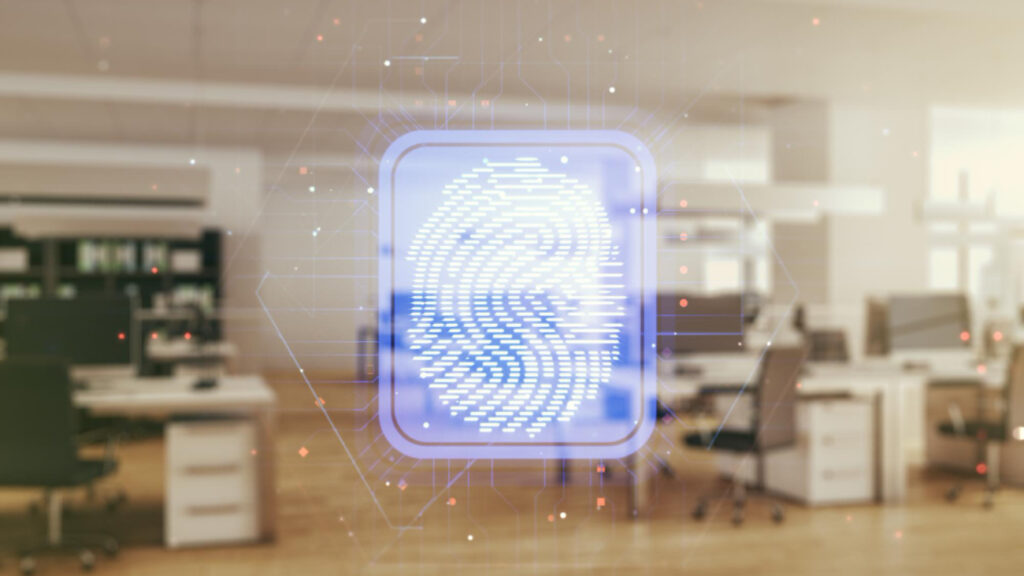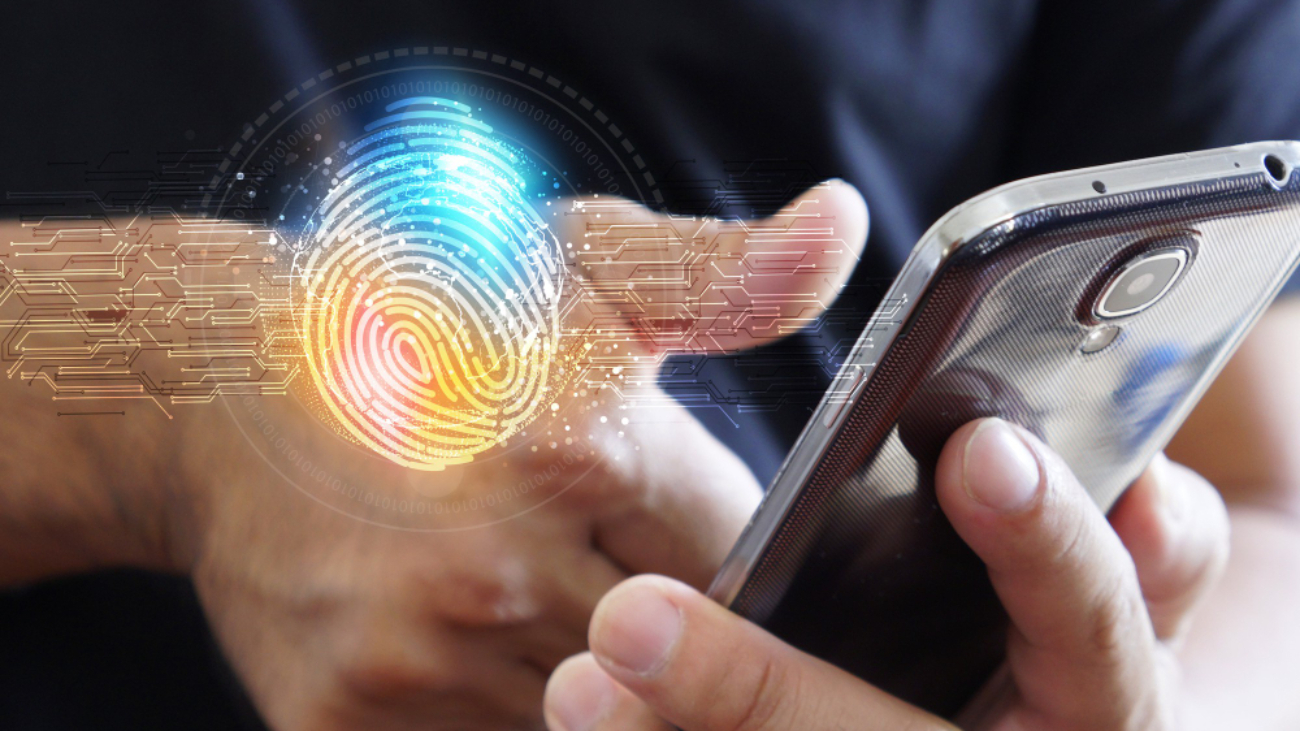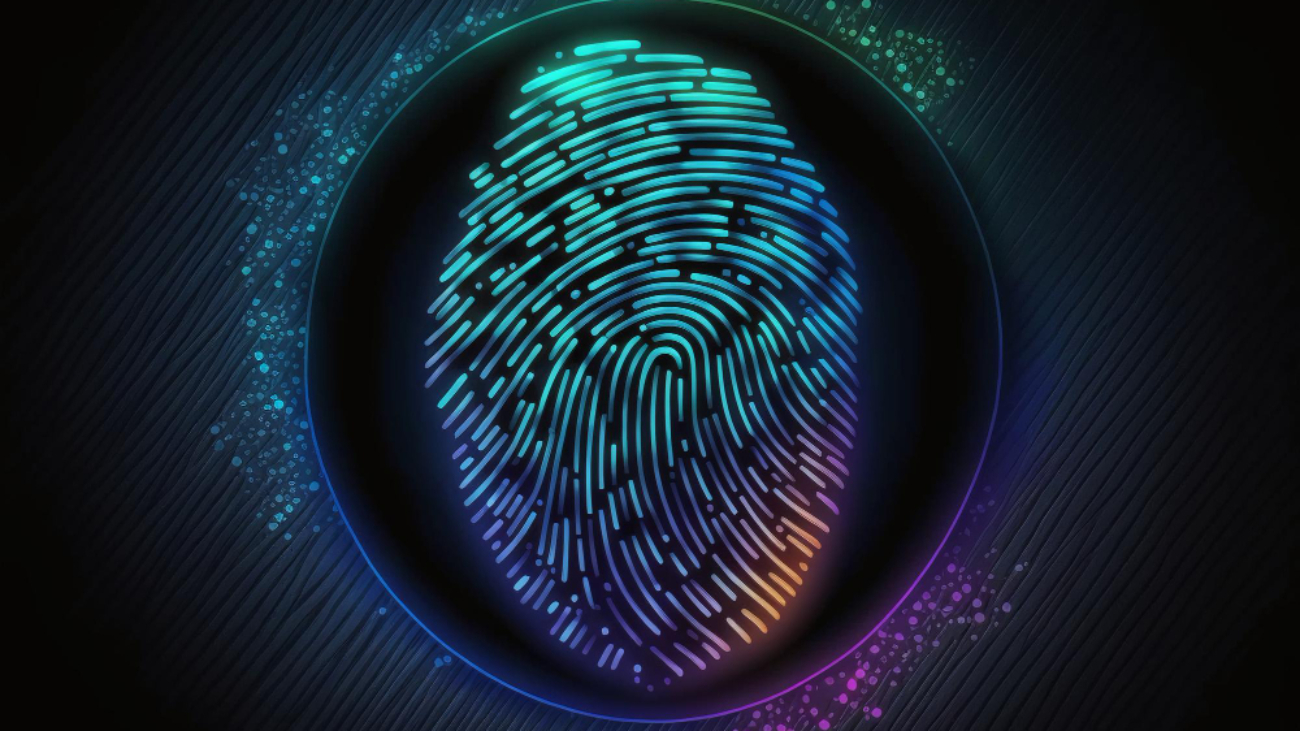Increasingly, biometric authentication is being adopted in our digital society feels Bahaa Abdul Hadi. A reliable and convenient option for authenticating users while protecting confidential data is provided by this system. Accuracy and security issues are possible drawbacks when depending on a single biometric feature. Multimodal biometrics comes in at this point. More accuracy and security are achieved in the authentication system through the combination of two or more biometric traits by multimodal biometrics. Multimodal biometrics have several advantages that can benefit your organization, which we will discuss in this blog post.
Higher Accuracy
Multimodal biometric systems are more accurate than unimodal ones because they combine several types of identification. This makes them particularly advantageous. Combining two or more biometric traits allows the system to identify the user with greater accuracy. This phenomenon occurs because individual biometric traits have particular sets of advantages and disadvantages. While face recognition struggles in low-light situations, iris recognition excels. These two characteristics when merged will enable the system to provide a more precise user identification.
Stronger Security
Unimodal biometric security cannot match the strength of multimodal biometric security. A more secure authentication system can be provided by combining two or more biometric traits. Fraudulently replicating multiple biometric characteristics is a much tougher task for attackers compared to falsifying a single trait. Fraud and hacking attempts are less successful against multimodal biometrics because of this.
Convenience
By using multimodal biometrics, users can experience added convenience. Remembering several passwords or carrying multiple authentication devices is unnecessary for users. Using multiple biometric traits, they can authenticate themselves with just one device. The user experience is improved with a faster and more convenient authentication process thanks to this change.
Accessibility and Flexibility
With multimodal biometrics, users have access to increased accessibility and flexibility. The biometric trait that is most convenient for users can be chosen by them. To illustrate, those with disabilities may prefer utilizing voice detection over fingerprint identification for ease of use. In addition to traditional settings, multimodal biometrics can function in places with low light or excessive noise.
Conclusion
Several advantages are offered by multimodal biometrics over unimodal biometrics. This grants more accurate results with stronger security features that enhance accessibility and flexibility.
Despite this fact, there are some drawbacks to consider such as the high-power computing and storage needed which can make it inaccessible to some organizations. Various industries such as finance, healthcare and government are increasingly adopting multimodal biometrics despite some disadvantages. It furnishes a safer and more convenient mode of verifying users and securing sensitive information.
Thank you for your interest in Bahaa Abdul Hadi blogs. For more information, please visit www.bahaaabdulhadi.com







